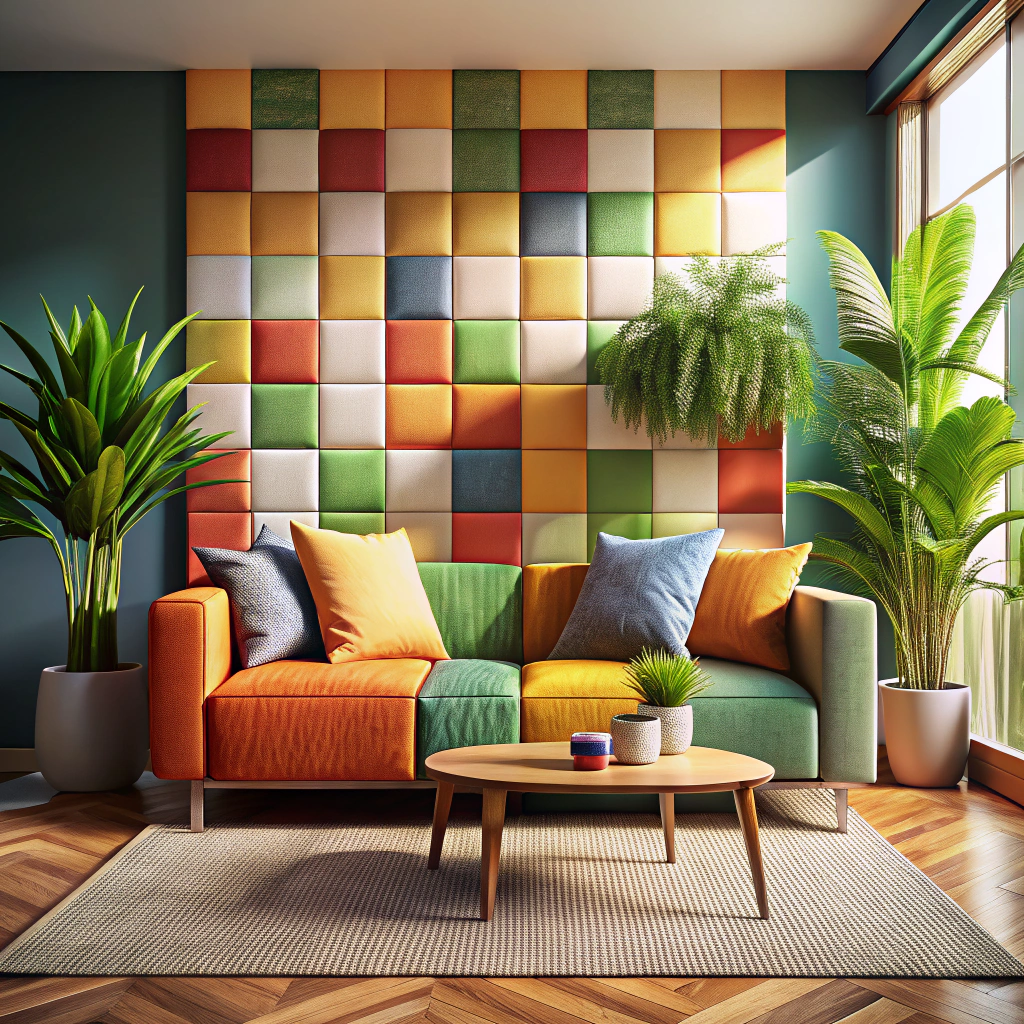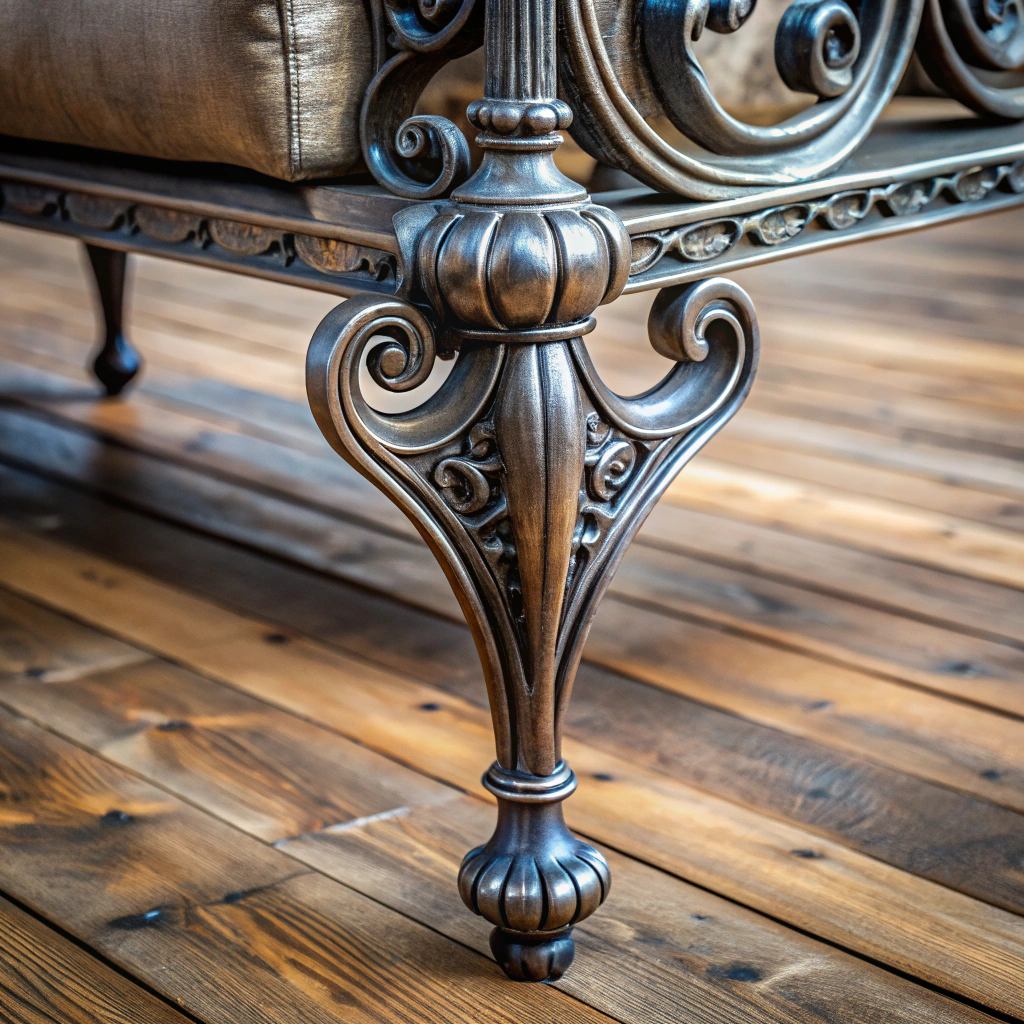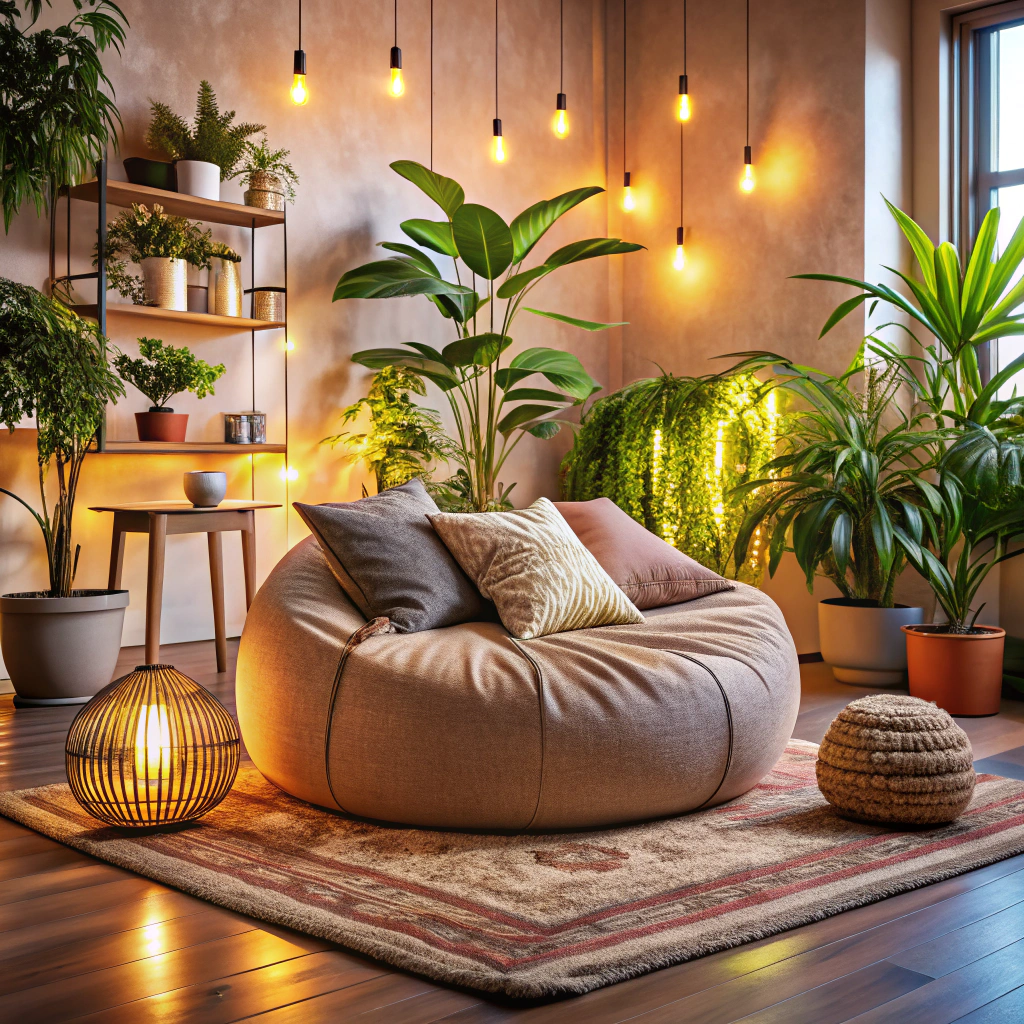Last updated on
Dive into Emma’s design blog because her chic and timeless decorating tips will transform your home into a haven of beauty and comfort.
Dive into the tranquil world of minimalist design where simplicity meets elegance, a realm championed by the renowned Emma’s Designblogg. Imagine your space transformed into a serene sanctuary that harmoniously balances function and style, all while adhering to the timeless principles of Scandinavian minimalism.
Whether you’re looking to infuse your home with the soft warmth of natural materials, integrate space-saving solutions into your compact living quarters, or simply want to create an inviting atmosphere with lush greenery, this article has all the insights you need to achieve a beautifully understated yet highly functional living space.
Let’s explore how these design elements can elevate your home into a minimalist masterpiece.
Key takeaways:
- Embrace minimalist aesthetic with calming neutrals and natural light.
- Emma’s Designblogg champions Scandinavian minimalism and functionality.
- Use natural materials like wood and wool for texture.
- Incorporate greenery to bring the outdoors in.
- Space-saving solutions for compact homes without compromising style.
Table of Contents
Design and Style From a Scandinavian Perspective
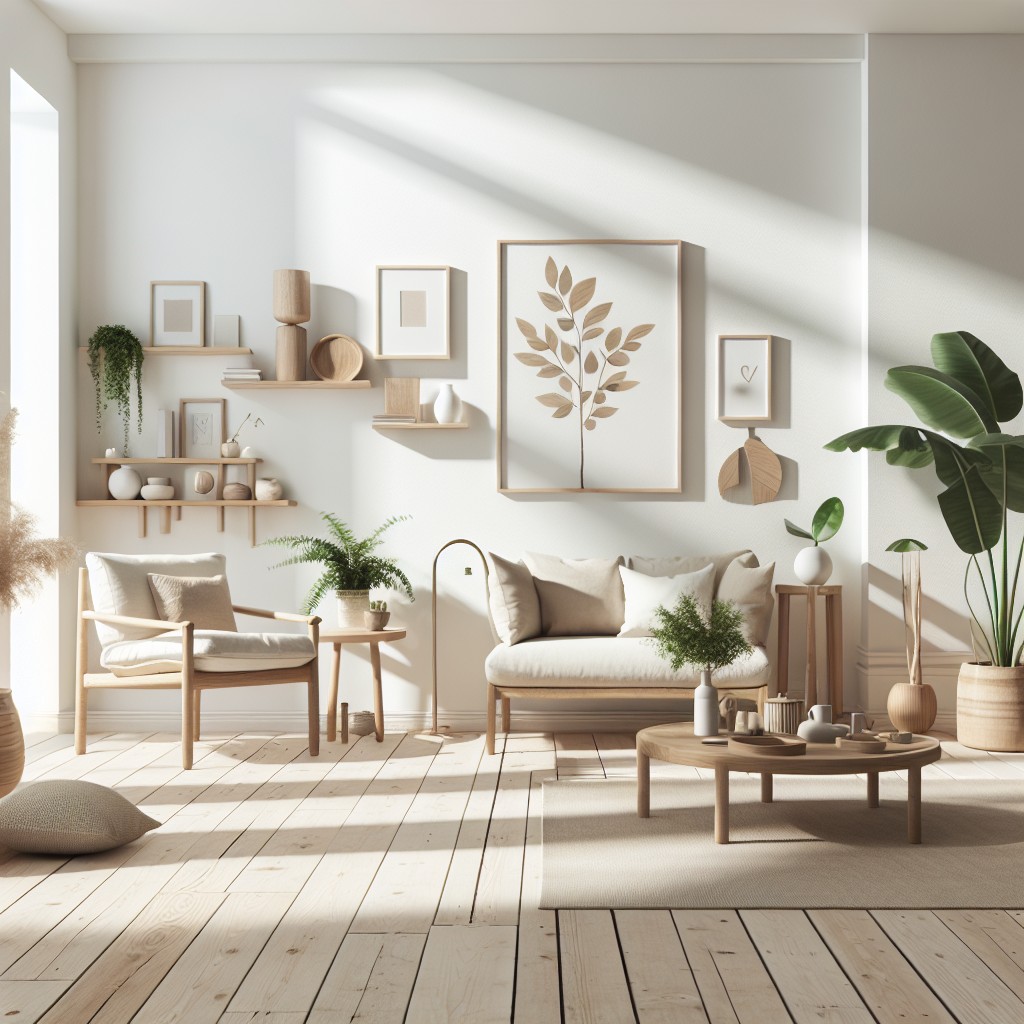
Embracing the minimalist aesthetic inherent in Scandinavian design involves a palette of calming neutrals complemented by ample natural light. Furniture is selected not only for its functionality but also for its simple, clean lines that enhance a sense of space.
Textures play a crucial role, with soft textiles and organic materials, such as wood and leather, adding warmth and coziness—a concept the Scandinavians refer to as “hygge“. An emphasis on sustainability is also key; items are often eco-friendly and crafted to endure.
The result is a home that feels both serene and inviting, embodying the balance between form and function that is the hallmark of Scandinavian style.
About Emmas Designblogg
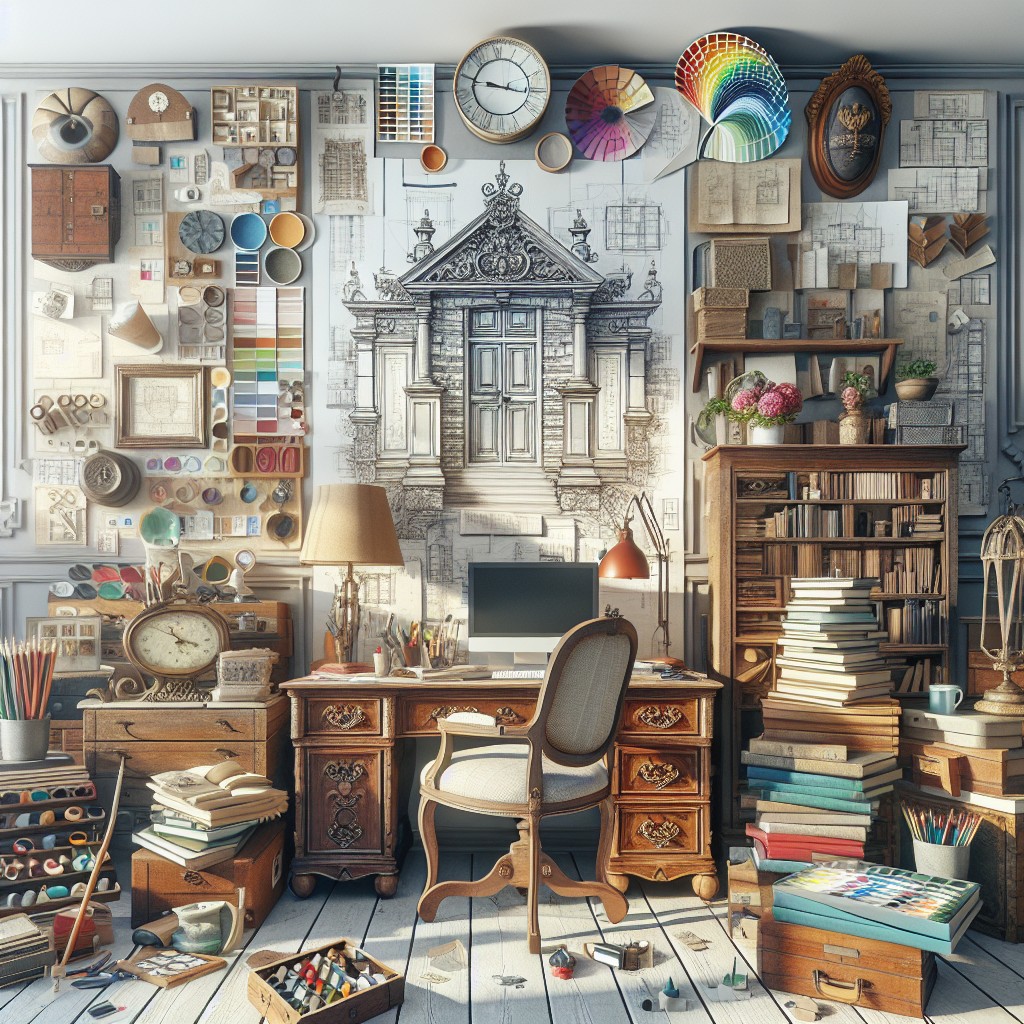
Emma’s Designblogg stands as a beacon for lovers of Scandinavian design, championing minimalism and functionality. It’s an ever-evolving space where creativity and practicality converge, offering readers a glimpse into the essence of Nordic aesthetics.
The blog’s curated content showcases how simplicity in design can yield a serene and inviting living space. With a keen eye for detail, the blog highlights:
- The use of natural materials like wood and wool to create textures that are both tactile and visually appealing.
- A color palette that leans heavily towards muted tones, promoting a sense of calm and cleanliness.
- The incorporation of greenery to breathe life into interiors, underscoring the Scandinavian affinity for the outdoors.
- Space-saving solutions that exemplify the region’s innovative approach to living in compact homes without compromising style or comfort.
Central to Emma’s ethos is the belief that a beautiful home need not come at the expense of practicality—every curated piece embodies both form and function.
Framed Crochet Art – Garden Growth
Incorporating natural motifs into crochet art adds a fresh and organic touch to any living space. The ‘Garden Growth’ piece exemplifies this by blending yarn textures to mimic the lushness of a verdant garden.
When designing a piece like this, consider the following:
- Color Palette: Use greens in various shades and tones to convey foliage, with pops of floral colors for diversity and interest.
- Texture Variation: Combine different crochet stitches to give a tactile quality that resembles the depth found in a garden.
- Framing: Select a simple, natural wood frame that complements without overpowering the intricate crochet work.
- Placement: Situate the artwork in a space that receives natural light to enhance the vibrancy of the yarn colors and emphasize the garden theme.
Easter 2023 – Pattern Round-up
Delve into the creativity of the season with these hand-picked crochet patterns, ideal for giving your home a touch of Easter charm or for crafting thoughtful, personalized gifts.
Bunny Basket: This adorable project is perfect for Easter egg hunts or as a festive table centerpiece.
Egg Cozies: Add a splash of color to your breakfast table with playful egg cozies, featuring pastel shades and Easter motifs.
Chick Amigurumi: A simple yet delightful pattern for creating cute chick figurines, sure to be a hit with the kids.
Spring Wreath: Welcome guests with a crocheted wreath adorned with flowers and Easter eggs, capturing the essence of spring.
Floral Garland: Brighten up any space with a string of crocheted flowers, combining various textures and hues for a fresh look.
Each pattern offers a chance to sharpen your skills and brings the joy of the season into your crafting repertoire. Whether you’re an experienced crocheter or new to the hobby, these projects cater to all skill levels.
Christmas 2022 – Pattern Round-up
Delving into the festive spirit, we uncovered a treasure trove of crochet patterns that transformed homes last Christmas. With cozy vibes being a top priority, many embraced the charm of handmade decorations. From intricate snowflakes that could be hung on the tree or in windows, to the classic crochet Santa appliqué that added a whimsical touch to any fabric surface – creativity was in abundance.
Also popular were the chunky knit stockings, customized with names and durable enough to hold an array of festive treats. For those ambitious crafters, creating 3D crochet reindeer brought an extra dimension of joy into holiday settings. Not to forget, the patterns for delicate table runners and placemats helped set a magical scene for holiday dinners.
The round-up also included quick and easy to make gift ideas such as crochet bookmarks and wine bottle cozies – perfect for last-minute presents that still carried a personal touch. As for colors, traditional reds, greens, and whites dominated, though there was a noticeable rise in the use of blue and silver hues, reflecting a modern twist on the classic Christmas palette.
Emma Crafts Podcast 5 – A Bloom of New Patterns
In the latest Emma Crafts Podcast, listeners are treated to an exciting exploration of fresh crochet patterns that embody the vibrancy of spring. The discussion delves into the intricacies of flower-inspired designs, offering a perfect project for crafters looking to infuse their work with seasonal energy.
Noteworthy points highlighted include:
- The use of varied yarn weights to achieve different textural dimensions within floral motifs.
- Color selection tips for creating a natural, harmonious palette that reflects spring’s palette.
- Step-by-step guidance on crafting complex stitches that resemble petals and leaves.
- Insights on adapting these patterns to a range of items, from home decor to wearable accessories.
Listeners come away with inspiration and practical advice for elevating their crochet projects with the renewal and growth that spring patterns represent.
Behind the Scenes – Greg the Care Bear’s Story
Diving into the creative process reveals the heartwarming tale of Greg, an amigurumi Care Bear. It began as a sketch, inspired by the classic Care Bear’s charm and warmth. The selection of yarn colors aimed to mirror Greg’s sunny disposition, with vibrant hues that resonate with nostalgia.
Crafting Greg required meticulous attention to detail, from the precise crochet stitches forming his plump silhouette to the embroidery of his unique belly badge. This labor of love was a journey in pattern refinement, ensuring that each element—including the ears, arms, and heart-shaped feet—was proportionate and expressive.
Reflecting on the journey, the project emphasized the importance of patience and the joy found in bringing a childhood favorite to life through crochet. Greg serves as a testament to the personal connection that handmade items foster, conjuring a sense of comfort and care with every stitch.
My Top 5 Places to Find (and Sell) Crochet Patterns
Discovering unique and inspiring crochet patterns, as well as a platform to sell your own designs, can elevate your crafting journey. Here are five curated online destinations:
1. Etsy: A global marketplace that not only fuels your creative needs with a vast array of crochet patterns from independent designers but also offers you a storefront to sell your original patterns. Its user-friendly interface makes the process straightforward.
2. Ravelry: A tight-knit community-centric site, Ravelry is the go-to platform for crocheters and knitters. It provides access to a plethora of patterns and the option to sell your work directly to fellow craft enthusiasts.
3. LoveCrafts: This portal caters to a wide range of craft materials and includes a dedicated section for crochet patterns, both free and paid. Designers can join their network to reach a broad audience.
4. Craftsy: Ideal for those seeking to both learn and sell, Craftsy offers a wealth of patterns and paid classes. As a designer, by offering your patterns here, you also tap into a community eager for new challenges.
5. Your Own Website or Blog: Establishing an online presence with a website or blog gives you complete control over the sale and distribution of your patterns. It’s an excellent way to build your brand and directly engage with your audience.
Each of these platforms features different advantages, from community engagement to reaching niche markets. Consider where your designs will shine best and how you prefer to interact with the community to choose the perfect fit.
Emma Crafts Vlog 4 – Short and (Christmas Candy) Sweet
Dive into the festive spirit with Emma’s latest vlog, which showcases creative ways to craft a cozy holiday atmosphere at home.
Discover the simplicity of making Christmas candy-themed decorations that bring warmth and sweetness to your space.
Learn how to use materials you already have to fashion charming ornaments, ensuring your holiday decor is both unique and budget-friendly.
Emma also shares tips on incorporating these handcrafted items into your existing holiday setup, enhancing the overall merry ambiance.
Whether you’re a crafting novice or a seasoned pro, these ideas are designed for all skill levels to add a personal touch to this joyous season.
Emma Crafts Vlog 3 – The Crochet Witch
Dive into a world where yarn and witchcraft whimsically intertwine in Vlog 3. Emma showcases her enchanting journey with the ‘Crochet Witch’ project, a blend of crochet artistry and fantasy themes.
Witness the creative process of crafting a mystical crochet piece, from selecting the perfect shades of yarn to the intricate stitches that evoke a magical aesthetic.
Learn tips on how to maintain tension consistency when working with complex patterns that require a blend of different yarn weights and types.
Discover the inspiration behind this project, drawing from folklore and fantasy literature, and how these elements can be translated into crochet work.
Emma shares her approach on overcoming challenges faced during the crafting process, like modifying stitch patterns to achieve the desired shape and texture.
Anecdotes about integrating crochet projects into home decor are discussed, providing viewers with ideas on how to display their own crafty creations in a way that complements their living space.
Emma Crafts Vlog 2 – A Blanket Worthy of Mordor
Dive into the realm of Middle-earth with Emma’s creative journey as she painstakingly crochets a graphghan that pays homage to the epic “Lord of the Rings.” In this vlog, viewers get a close-up on the intricate process, revealing:
- The selection of color schemes that reflect the somber tones of Mordor, using a palette that captures the fiery landscape and dark mood.
- Tips on how Emma manages large-scale crochet projects, emphasizing organization and the importance of stitch count for maintaining the detailed pattern.
- Techniques for creating crisp, clean images with yarn, such as changing colors effectively to keep edges sharp and the imagery recognizable.
- Insights into the types of stitches used, particularly helpful for viewers looking to replicate the texture and detail that a project of this magnitude demands.
- Encouragement for tackling ambitious crochet projects, coupled with practical advice on time management and staying motivated throughout the journey.
Emma’s blend of artistic vision and crochet expertise makes this a must-watch for crafters with a penchant for fantasy and an appetite for a crafting challenge.
Finished Project – Lord of the Rings Graphghan
Embarking on the journey to craft a Lord of the Rings graphghan not only pays homage to the beloved fantasy series but also showcases the intricacy possible with crochet. This project brings Middle-earth to life through yarn and hook, layering colors, and textures to represent iconic elements from the tale.
Here are key insights into creating your own tapestry of Tolkien’s world:
1. Charting the Pattern: Begin by charting a graph of your desired scene or emblem. Software designed for pixel art can be invaluable for this step, translating detailed imagery into crochet-friendly grids.
2. Selecting Yarn Colors: Choose a palette that mirrors the rich environments of the Shire, the fiery depths of Mount Doom, or the stark beauty of Gondor. Variegated yarns can add depth to landscapes or magical elements without complex color changes.
3. C2C Technique: Utilize the corner-to-corner (C2C) crochet method for a mosaic-like effect that brings the charted design to vivid life. This approach is excellent for managing the numerous color changes a Lord of the Rings theme demands.
4. Managing Yarn Ends: To maintain a clean back, weave in ends as the project progresses, or use a yarn bobbin system to keep multiple colors organized and tangle-free.
5. Blocking and Bordering: Once complete, block your graphghan to even out stitches and give a professional finish. Adding a simple border can frame your Middle-earth masterpiece, making it ready for display or cozy use.
By applying these techniques, you can craft an epic graphghan that transports you and viewers to J.R.R. Tolkien’s legendary realm with every stitch.
25 Home Decor Items to Thrift + Best Stores
Discovering unique decor elements that add personality to your home doesn’t have to break the bank. Thrifting enables you to find one-of-a-kind items that can enhance the aesthetic appeal of any space.
Here are several must-have items you might spot at your local thrift stores:
- 1. Vintage Mirrors: A well-placed mirror can amplify natural light and add elegance to a room. Look for vintage frames with character.
- 2. Artwork: Original paintings and prints can often be found tucked away in thrift store corners. Keep an eye out for pieces that speak to your style.
- 3. Decorative Vases: Whether glass, ceramic, or metal, vases can serve as stunning centrepieces or subtle room accents.
- 4. Light Fixtures: Chandeliers, lamps, and sconces sourced from thrift stores can add a touch of retro charm or modern flair.
- 5. Books: Old books add warmth and sophistication when styled on coffee tables or bookshelves.
- 6. Area Rugs: A well-selected area rug can anchor a room and add comfort underfoot.
- 7. Ceramic Dishware: Mismatched ceramic plates and bowls can make for an eclectic and vibrant tablescape.
- 8. Textiles: Throw pillows, blankets, and curtains often come in unique patterns and fabrics, providing texture and color.
For the best thrifting experience, explore specialty thrift shops, local charity stores, and flea markets. They often have curated selections and may support a great cause. Remember, the thrill is in the hunt; enjoy the process of finding those hidden gems that will give your space a personalized touch.
Painting IKEA Pax and Other Furniture
When tackling the painting of IKEA Pax wardrobes or other furniture, careful preparation is key to ensure a durable and attractive finish:
1. Surface Preparation: Begin by disassembling the furniture as much as possible. Clean all surfaces with a degreaser or a mix of mild dish soap and water to remove any oils, dirt, or grime.
2. Sanding: Sand the furniture lightly with fine-grit sandpaper to create a rougher surface for better paint adherence. Wipe off the dust afterward with a tack cloth or slightly damp rag.
3. Primer Choice: Select a high-quality primer suitable for laminate surfaces; this will help the paint bond to the non-porous IKEA finish.
4. Paint Selection: Use a paint formulated for use on furniture for durability. Acrylic-based paints often work well and have a quicker drying time.
5. Technique: Apply primer and paint with a foam roller for a smooth finish. For hard-to-reach areas, use a small brush. Multiple thin coats are preferable to one thick coat to avoid drips and ensure even coverage.
6. Drying Time: Allow adequate drying time between coats. Rushing this process may cause tackiness or imperfections in the final finish.
7. Protective Topcoat: For added protection, especially on high-use items like wardrobes, apply a clear non-yellowing polyurethane topcoat once the paint is fully cured.
The result? A transformed piece of furniture that not only fits your style but holds up to daily use.
IKEA Sektion: Built-In Wardrobe For Sloped Ceilings
Maximizing storage space under sloped ceilings can be a challenge, but with the right approach, it can become a design highlight. The IKEA Sektion system offers flexibility to create a built-in wardrobe that can be tailored to fit beneath angled roofs adeptly.
To effectively utilize this area:
- Measure Accurately: Start by measuring the ceiling height at the lowest and highest points. Detail the angles to ensure the wardrobes fit snugly against the slope.
- Designing in Depth: Opt for shallower upper cabinets that align with the angle of the ceiling, transitioning into deeper units where the ceiling height permits.
- Thoughtful Door Choices: Sliding doors can be a practical solution for tight spaces, while hinged doors work well when there’s ample room to access the wardrobe.
- Strategic Interior Organizers: Pick and mix from various Sektion interior organizers, considering pull-out trays for easy access and adjustable shelves to adapt to changing storage needs.
- Aesthetic Integration: Finish the look by extending the wardrobe’s side panels all the way to the ceiling or wall, creating a seamless, built-in appearance.
By considering these points, one can create a functional, stylish wardrobe system that maximizes space without compromising on design.
Transform Your Indoor Fireplace With Thin Brick Veneers
Thin brick veneers offer a versatile solution for refreshing your indoor fireplace. Here’s how to implement this transformative technique:
Materials You’ll Need:
- Thin brick veneers of your choice
- Mortar or adhesive recommended for veneers
- Notched trowel
- Level
- Spacers
- Grout (optional)
- Sealer
Installation Overview:
1. Surface Preparation: Begin with a clean, dry, and stable surface. If the current finish is glossy or tiled, consider scuffing it up or removing tiles to ensure better adhesion.
2. Layout Planning: Dry lay the veneers to plan the placement pattern, consider the symmetry and how to handle corners for a tailored look.
3. Adhesive Application: Using a notched trowel, apply the mortar or adhesive to small sections of the fireplace surface, ensuring full coverage.
4. Veneer Placement: Press each veneer firmly into the adhesive, keeping them level and evenly spaced. Use spacers for uniform grout lines if desired.
5. Cutting Veneers: Measure and cut veneers to fit around edges and openings, using a wet saw or tile cutter for a clean cut.
6. Grouting (Optional): If you choose to grout, wait until the adhesive fully sets. Apply grout between the veneers, wiping away excess with a damp sponge.
7. Sealing: Once your veneers are in place and the grout is dry, use a sealer to protect the surface from stains and enhance the brick’s color.
With these steps, you can revamp your indoor fireplace into a cozy and visually striking focal point. Choose veneers that complement your living space and enjoy the warmth of your updated feature.
Christmas Gift Guides
Selecting the perfect holiday gifts is both an art and an enjoyable endeavor. To simplify the process, consider the recipient’s hobbies or any specific items they’ve had their eye on.
Personalization adds a special touch, transforming even the simplest present into a treasured keepsake.
For sustainability-conscious friends, opt for eco-friendly choices like bamboo utensils or a solar-powered charger.
For tech enthusiasts, the latest gadget or a subscription to an e-magazine delivers both innovation and convenience.
Meanwhile, foodies may appreciate a gourmet basket or a cookbook featuring international cuisines.
Remember, gifts that offer experiences, such as concert tickets or craft classes, create lasting memories and fit perfectly into the realm of thoughtful giving.
Best Soup Recipes
When the chill enters the air, there’s nothing quite like a steaming bowl of soup to warm the soul. Not only do soups offer endless variety, but they’re also a perfect vehicle for nutritious ingredients. Let’s dive into some essential tips to elevate those cozy concoctions:
- Seasonal Produce: Begin with seasonal vegetables for the freshest flavor and nutritional value. Autumn’s root vegetables and spring’s asparagus are excellent examples.
- Layering Flavors: Sweat onions and garlic before adding other ingredients to build a flavor base. Bloom your spices in this mixture to enhance their aroma and taste.
- Stock Quality: A rich, homemade stock can be a game-changer for depth of flavor. However, a high-quality store-bought broth can be an excellent time-saver.
- Texture Variety: Pureeing a portion of the soup can create a velvety consistency, but leave some chunks for satisfying bites.
- Acidic Finish: A splash of vinegar or squeeze of lemon juice can brighten the overall flavor profile of your soup, so add it just before serving.
- Garnish Wisely: Top your soup with fresh herbs, a dollop of cream, or a sprinkle of toasted nuts to add complexity and elevate the presentation.
How to Care for Snake Plants – Sansevieria
Snake plants, with their striking, upright leaves, make a bold statement in any interior space. To keep these rugged beauties thriving, consider the following care tips:
1. Lighting: They are adaptable but favor indirect light. A spot near a window with sheer curtains often provides the ideal light conditions.
2. Watering: Overwatering is the kryptonite for snake plants. Allow the soil to dry completely between waterings, typically every 2-6 weeks, depending on the humidity and light in your home.
3. Temperature and Humidity: These plants are not fussy about temperature or humidity. Normal room conditions are usually adequate. Just avoid placing your plant in drafty areas or near heating and cooling vents.
4. Soil: A well-draining potting mix, such as a mix specifically designed for cacti and succulents, is perfect. This ensures excess water drains quickly, reducing the risk of root rot.
5. Feeding: They don’t require much fertilizer. Feeding with a general-purpose houseplant fertilizer diluted to half the recommended strength once during the growing season is sufficient.
6. Cleaning: Dust can accumulate on the thick leaves. Gently wipe them with a soft, damp cloth to facilitate photosynthesis and prevent pest issues.
7. Pests: While generally pest-resistant, be on the lookout for common indoor plant pests like mealybugs or spider mites. Treat any infestations promptly with insecticidal soap or neem oil.
By following these straightforward care steps, your snake plant will continue to grow and may even surprise you with a rare bloom of delicate, sweet-smelling flowers.
How to Brew Coffee in a Chemex
Brewing a perfect cup of coffee in a Chemex combines both art and science. It requires precision, but the process is simple.
Start by using freshly ground coffee beans, preferably with a medium-coarse grind, to ensure optimal flavor extraction. You’ll need about one gram of coffee for every 16 grams of water.
Before adding your coffee, insert a Chemex filter into the top, ensuring that the thicker, triple-fold portion is facing the pouring spout, which allows air to escape during the brewing process. Rinse the filter with hot water to remove any paper taste and preheat the vessel; then discard this water.
Pour the ground coffee into the filter and gently shake to level the grounds. This creates a flat surface for even brewing. Initiate the brewing process by pouring a small amount of hot water (around 200°F) in a circular motion over the grounds, starting from the center and moving outwards. This step, known as the bloom, releases carbon dioxide and allows the coffee to expand, resulting in a more even extraction.
After about 30 seconds, continue pouring the hot water in stages, maintaining a consistent flow and not allowing the water to rise too high. This slow pour not only controls the brewing time but also encourages a balanced interaction between the water and the coffee grounds. The entire process should take between three and five minutes.
Keep the pouring gentle and steady, aiming for harmony between the speed of the pour and the drawdown of the water through the grounds. Stop once you’ve reached the desired water-to-coffee ratio. Allow the last of the water to filter through before carefully removing the filter and grounds. Serve the coffee directly from the Chemex and enjoy the fruits of your efforts—a clean, flavorful cup of coffee with nuanced taste notes.

